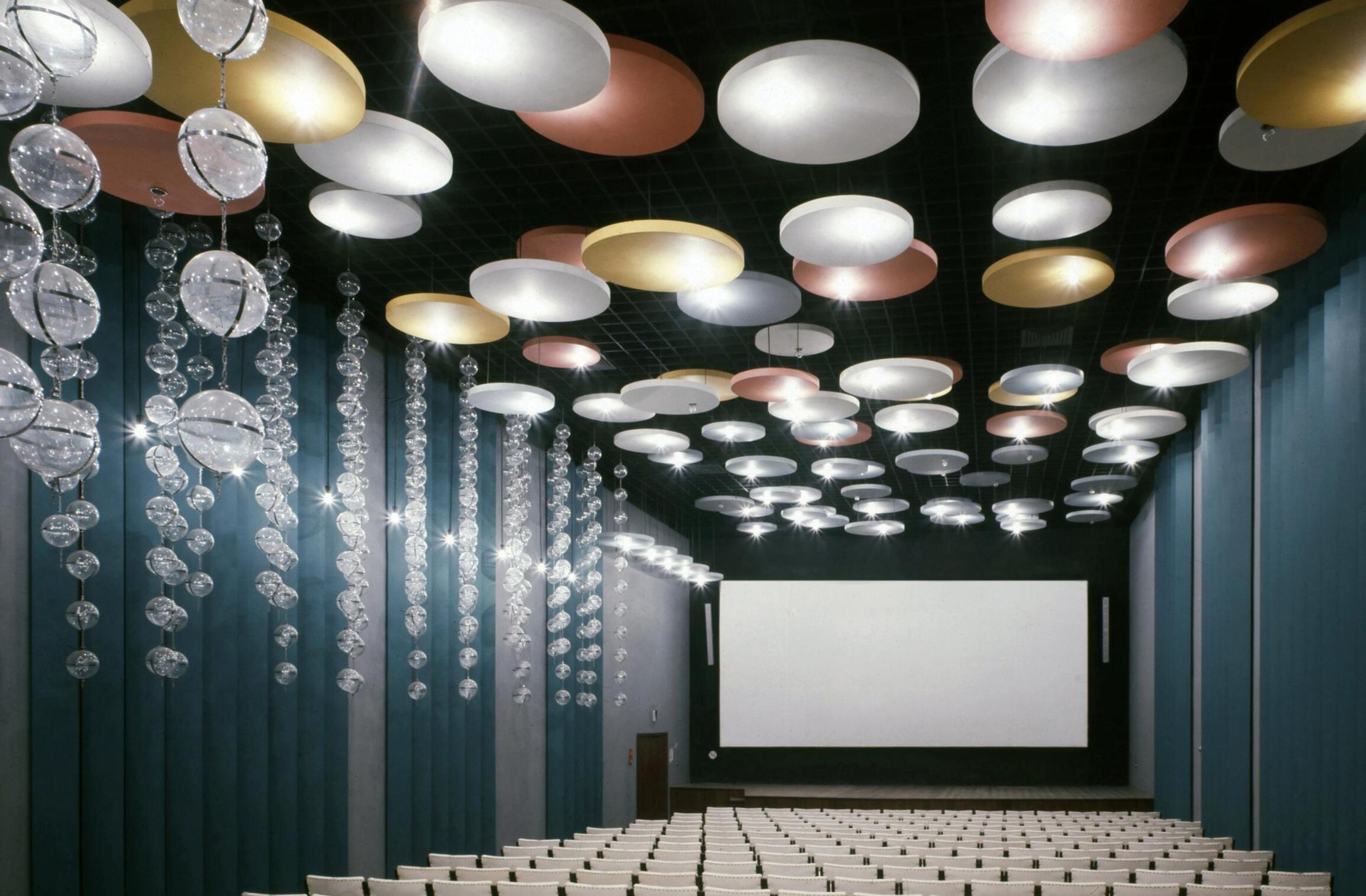With the edited collection, Voicing the Cinema: Film Music and the Integrated Soundtrack, James Buhler and Hannah Lewis state that it is their intention to elaborate on music and film sound scholarship with a focus on the voice in cinema and the integrated soundtrack. By expanding their definition of voice beyond spoken dialogue and singing, Buhler and Lewis’s approach is to consider questions surrounding authorship and critical interpretation. This collection is comprised of an introduction and 15 chapters, grouped into four parts. These sub-sections examine the historical approaches to technology and the voice; the practice of the singing voice; the ‘auteuristic’ voice of the soundtrack; and narrative and vococentrism.
All scholarship of voice and film sound owes a debt to Michel Chion’s concept of vococentrism—the idea that the sound of the human voice establishes a sonic hierarchy within the soundtrack and is privileged over all other sonic elements (1999). Many of the of authors in this collection build upon this idea, as well as the approaches of Mary Ann Doan (1980), Stephen Heath (1981), Kaja Silverman (1987) and Sarah Kozloff (2000).
It is natural that the first section examines the role of technology from a historical perspective. Beginning with Julie Brown’s study of the voice of the silent cinema and the idea of ‘imaginary listening’ in Chapter One, in the second chapter Hannah Lewis discusses how music was used to silence the human voice in early French sound films, such as René Clair’s Sous les toits de Paris (1930) and Jean Grémillon’s La petite Lise (1930). During the 1950s and 1960s, the rise of FM radio and counterculture brought about changes in film sound design, as filmmakers brought diversified musical styles to the soundtrack with the use of pre-existing recordings. The effect this had on breaking down musical genres is investigated by Julie Hubbert in Chapter Three and, in Chapter Four, Katherine Quanz brings archival research into her analysis of the re-recording process for Norman Jewison’s Fiddler on the Roof (1971) by examining the correspondence between the re-recording engineers.
The second part of the book is dedicated to the representations of the singing voice, with each of the scholars drawing inspiration from Doane’s theory of the coherence of the filmed body and voice (1980). In Chapter Five Marcia Citron’s study of sound design in The Magic Flute (1975) discusses opera singing, in Chapter Six Cari McDonnell examines lip sync performances in 1980s teen films and in Chapter Seven Robynn Stilwell’s analyses the relationship between music and voice in contemporary animated films.
Voice is also discussed in Part Three, this time from the perspective of authorship within the context of the soundtrack, with chapters about specific composers and directors. In a study of composer Max Steiner in Chapter Eight, Nathan Platte discusses Steiner’s collaborations with other composers and orchestrators and the problematic impact this has when considering his particular compositional ‘voice’. Using Chion’s notion of vococentrism (1999), and his own theory that ‘the soundtrack is also a fully constructed entity that has priority over any of its individual components…’ (4), David Neumeyer examines the narrative function of Victor Young’s musical score in Lewis Allen’s The Uninvited (1944) in Chapter Nine. With an examination of the use of sound to represent nature and the environment in Kurosawa’s Dersu Uzala (1975) in Chapter 10, Brooke McCorkle also builds on Chion by considering the extra-semantic meaning of language, particularly when the film is in a language the viewer does not understand. Innocence, as symbolised by the slow movements of piano concertos across Peter Weir’s films, is investigated by Erik Heine in Chapter 11.
The final section evaluates the effect music and voice has on narrative formulas. Janet Staiger and Eric Dienstfrey add the additional factor of genre by examining this effect in horror films and science fiction, respectively. While Jeff Smith investigates the role of diegetic and non-diegetic music and, in so doing, challenges Ben Winter’s (2010) view that music belongs in the diegesis. Smith argues that the divisions between diegetic and non-diegetic music are difficult to ascertain, as they are open to manipulation. In the final chapter, James Buhler raises the question of the role of vococentrism in the age of intensified continuity and in so doing, opens the door to a number of potential avenues for future exploration and academic research.
Although this collection does require the reader to have some previous understanding of audiovisual analysis, it will inspire further academic research and discussions in the fields of music, sound, film, and media.
Competing Interests
The author has no competing interests to declare.
References
Chion, M. 1999. The Voice in Cinema. Translated by C Gorbman. New York: Columbia University Press.
Doane, MA. 1980. The Voice in the Cinema: The Articulation of Body and Space. Yale French Studies, 60: 33–50. DOI: http://doi.org/10.2307/2930003
Heath, S. 1981. Questions of Cinema. Bloomington: Indiana University Press. DOI: http://doi.org/10.1007/978-1-349-16579-7
Kozloff, S. 2000. Overhearing Film Dialogue. Berkeley: University of California Press.
Silverman, K. 1987. The Acoustic Mirror: The Female Voice in Psychoanalysis and Cinema. Bloomington: Indiana University Press.
Winters, B. 2010. The Non-diegetic Fallacy: Film, Music, and Narrative Space. Music and Letters, 91(2): 224–244. DOI: http://doi.org/10.1093/ml/gcq019

